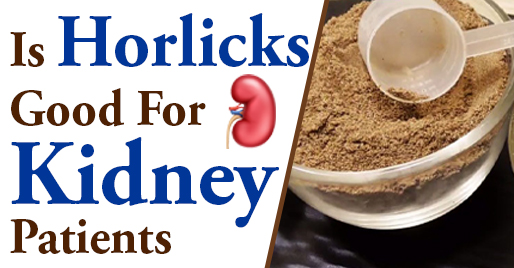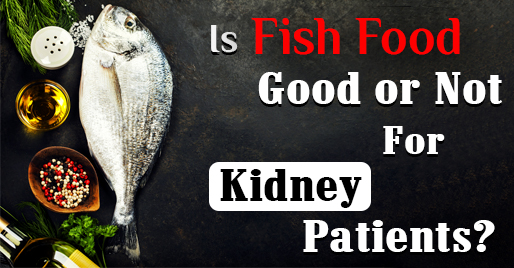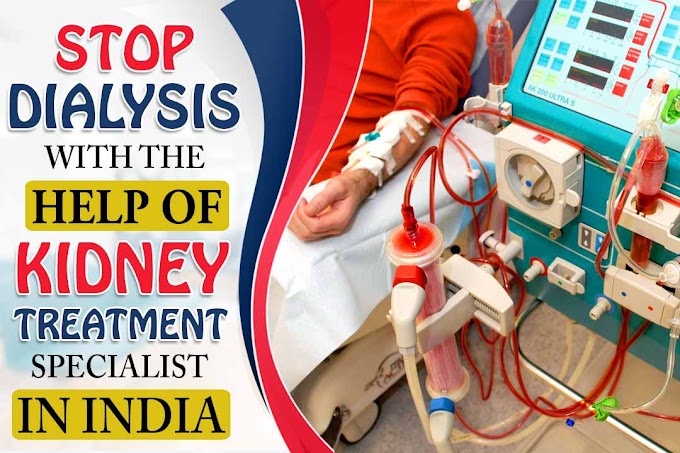If you have chronic kidney disease, your dietician might have asked you to make certain changes in your diet. Have you ever given it a thought? Probably, we don’t pay attention to the know-how of dietary aspects. Learning is a great way to implementation of key aspects of a renal diet.
Let’s get you well versed with what renal diet is and its importance in the treatment process.
What is a renal diet?
The major role of kidneys is to help the body get rid of waste and extra fluid from the body. They produce to maintain pH and electrolyte balance in the blood while keeping you healthy and stronger. They also:
- Maintain the body’s minerals level like salt and potassium.
- Ensure your body does not retain too much fluid.
- Make hormones that affect your blood pressure.
- Produce EPO to help you get enough RBCs.
- Help produce vitamin D.
When you have kidney disease, the body is unable to pass the wastes compounds, including fluid, out. And that starts to buildup in the blood over time, causing you a bunch of complications. Hence, a kidney-friendly diet is about helping the kidneys protect their function and to wipe off some load on the kidneys. The diet assures you get the right balance of proteins, calories, vitamins, and minerals while ensuring that kidney function is not burdened.
Kidney Disease Ayurvedic Treatment
While there are fewer limitations on the diet if you are in the early stages of CKD, these restrictions expand in later stages. Be careful of what you are putting in your body at this time, which includes your fluid intake.
Components of a renal diet
Sodium
This mineral can be seen naturally in many foods. It is available in plenty, in table salt. Too much sodium in your diet promotes fluid retention. As your kidney function is already nominal at this stage, the fluid starts to seep into the cells and tissues, which results in high blood pressure in CKD patients. It is important to maintain the water balance in the body by keeping a check on your sodium and fluid intake. Aim for less than 2 grams of sodium in your daily diet during CKD.
Useful tips -
- Avoid table salt and sodium-rich seasonings.
- Cook at home with less salt and spices.
- Nullify the use of packaged foods, if possible. They tend to be high in sodium.
- Choose low-sodium foods.
- Rinse canned foods before using them.
Phosphorus and Calcium
Both the components in the diet are needed to keep the bones strong. Excess phosphorus from the food is removed by the kidneys. But during CKD, phosphorus levels in the blood can rise significantly. This puts your heart at risk. Too much phosphorus also pulls out calcium from the bones that make you low in calcium. Bone and mineral disorder is often common in CKD patients. Your dietician may advise you not to have more than 1,000 mg of calcium each day.
Useful tips
- Choose foods with low phosphorous levels
- Eat fresh fruits and veggies after rinse
- Avoid consuming light-colored sodas
- Cut back on meat, poultry, and fish
- Limit dairy foods
- Calcium-rich foods are also high in phosphorus
Phosphorus
Phosphorus helps nerves and muscles function properly. But when you have chronic kidney disease, phosphorus also buildup in the blood due to poor clearance by the kidneys. Elevated blood phosphorus levels can cause serious issues to your health.
Useful tips
Potassium can be found in a lot of fruits and vegetables. Avoid such fruits and vegetables that are potassium-rich. They may include melons, bananas, avocados, potatoes, oranges, broccoli, tomatoes, carrots.
Low potassium food options
- Apples and apple juice
- Cranberries and cranberry juice
- Strawberries, blueberries, raspberries
- Plums
- Pineapples
- Peaches
- Cabbage
- Boiled cauliflower
- Celery
- Cucumber
Protein
Protein is good for your health, and there is no limitation on protein when you are healthy. The problem arises when the protein is consumed when your kidneys are not functional. The waste from the protein after the indigestion is removed by the kidneys, and so the load is on them. Over time, the kidneys may fail to remove the protein that accumulates in the blood.
As your chronic kidney disease progresses to the later stages, you need to be more rigid on your diet plan. This might include cutting back on foods that are high in protein. Instead, switch to plant-based sources of protein such as lentils, grams, nuts, grain, etc. As you also need to meet your iron requirement, you may also be suggested to consume sources of iron, as suggested by your dietician.
Fluids
In the early stages, you need not work on your fluid intake. Just adequate is enough. But if your condition gets worse, certainly you need to pull down your fluid intake. To do that, consume less salt, freeze fruits, etc. Use smaller cups for drinking water.
DASH Diet
DASH diet is an approach to stop hypertension. It is a diet with low-fat dairy products, whole grains, beans, seeds, nuts, and fruits. As the approach is on hypertension, low sodium, sugar, sweets, fats, meats, etc., are suggested.












0 Comments